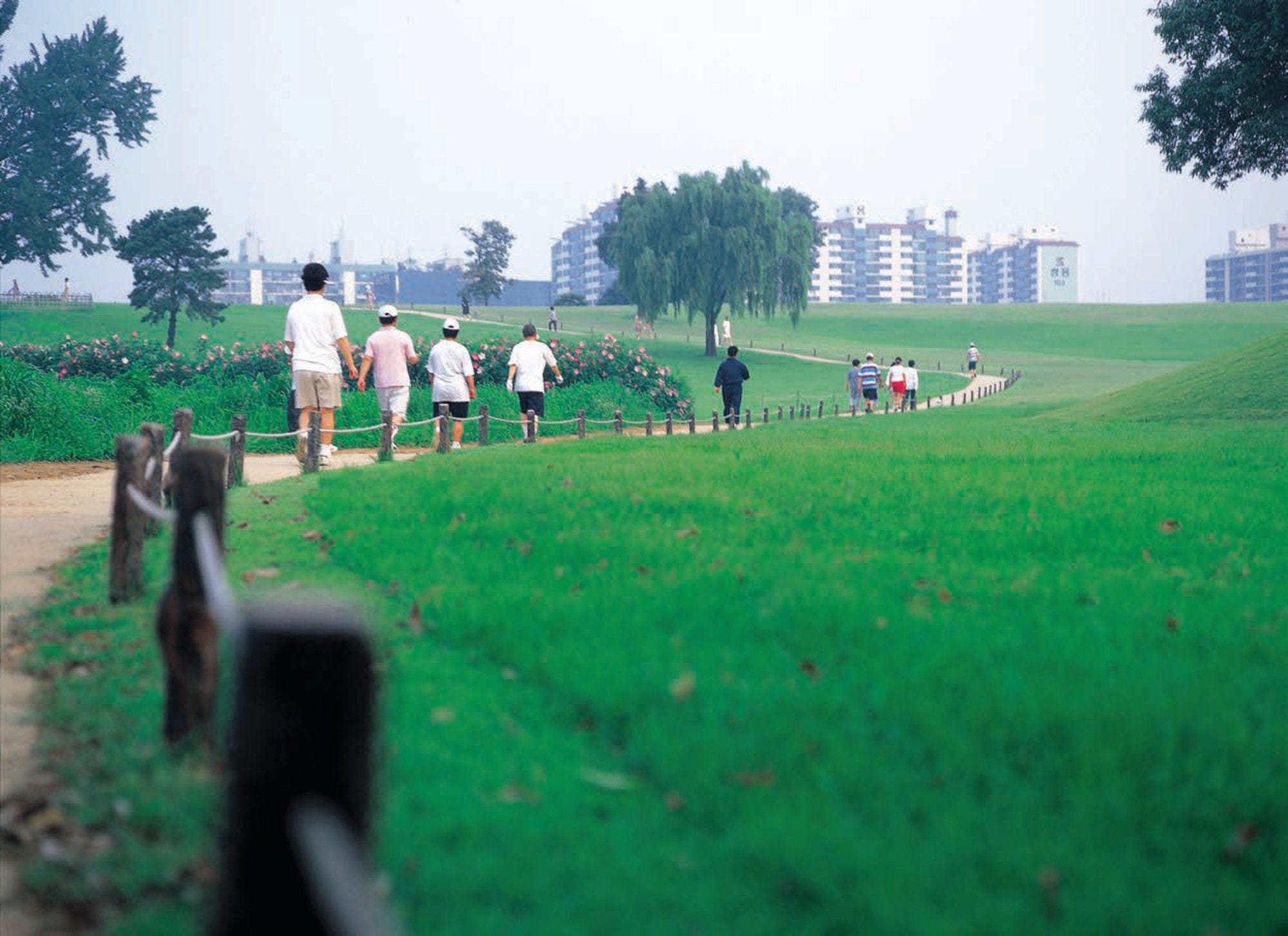The economic development of Korea is widely considered as a success story. Yet, as the country joins the ranks of the world’s most advanced economies, its rapid pace of development has not fully reached every part of its territory. The pace of urbanisation, particularly around Seoul, has placed mounting pressure on the capital’s quality of life, while in rural regions the country’s success has felt distant. To address these regional disparities, successive governments have pursued a policy of balanced national development, with major initiatives aimed at spreading economic opportunities throughout the country while at the same time transferring authority and resources to regional and local governments, to increasingly empower them to navigate their own path forward. This study takes stock of these efforts in the context of rural development and finds evidence of progress in several areas, yet opportunities remain in others. The study includes advice and recommendations on multi-level governance, rural-urban linkages and other issues drawn from the experience of OECD countries on how Korea’s efforts in pursuit of inclusive growth may be further strengthened to improve the well-being of the country's rural regions.
Perspectives on Decentralisation and Rural-Urban Linkages in Korea

Abstract
Executive Summary
Over the last 60 years, the Republic of Korea has experienced among the fastest growth rates in the OECD. An export-driven industrialisation has delivered a dramatic increase in income per capita and overall living standards. Korea is considered one of the most successful stories of productivity catch-up across OECD member countries. The country has become highly urbanised, with only 11% of Koreans living in rural regions in 2018 (based on the OECD’s regional definition based on access to cities). This is less than half of the OECD average rural population (29%). Furthermore, Korea’s rural population tends to live within a short journey of cities, with a median travel time of just 25 minutes compared to an OECD average of approximately 114 minutes.
Korea’s rural regions have contributed much to national prosperity. Indeed, in 2017 their GDP per capita, was on average, 13 per cent higher than the national average. Although Korean rural regions are less diversified than urban ones, they are highly specialised in tradable sectors, particularly in manufacturing, which are a key driver of regional competiveness. Manufacturing alone contributes to over two-fifths of rural regions' GVA. However, despite this relatively strong economic performance, rural regions in Korea are facing demographic challenges brought by ageing and shrinking populations, in part driven by migration of young people to urban places. This has increased the pressure on the capital city region and has drained the vitality of rural places. The capital region of Seoul and its surrounding province of Gyeonggi-do are home to 45% of the national population and produce a similar share of national GDP. This high level of concentration has contributed to several pressures, notably high housing costs and congestion. This situation has mitigated the well-being of both rural and urban inhabitants.
Against this backdrop, the national government has implemented a policy to promote a more balanced national development. The goal is to foster growth more widely throughout the country, in order to reduce pressures on the capital region and rebalance the rest of the economy. This policy has been built around a number of initiatives, such as the development of 10, so-called, “Innovation Cities” and the new multifunctional administrative city, Sejong. Evidence shows that these initiatives are having an impact, with the pace of the country’s geographic concentration slowing and indeed contracting in recent years. However, the impact of these policies more broadly on rural communities is still mixed. For example, the population in rural regions close to large cities has grown, while in regions close to small/medium size cities it has declined.
This study examines rural development policy in Korea in the context of decentralisation reforms. With the central government devolving some policy lines and fiscal resources, regional and local governments, will be expected to benefit through greater control of their development strategies, and in turn by fostering stronger rural-urban linkages. In this context, the key recommendations from this report and the two case studies are as follows:
Further decentralisation should proceed with close monitoring of fiscal and human capacities at the regional and local level. While there are mechanisms to help subnational governments acquire human capital and capacity, there is a risk that a one-size-fits-all approach may not deliver its expected results. Indeed, capacity development should be tailored to local needs and the characteristics of local governments, following a holistic assessment of their needs. The government could experiment with an asymmetrical, context-dependent, approach to decentralisation, which would adjust to the different capacities of territories, at least in the near-term. Looking further ahead, the decentralisation process should also be accompanied by fiscal resources and authority that goes beyond additional grants or shared taxes. For a sound and larger autonomy, subnational governments should develop their own revenues.
To broaden the benefits of major initiatives, like Innovation Cities and Free Economic Zones, linkages between urban and rural areas should be strengthened. This may include:
working with urban business incubators and accelerators, and with cluster organisations to expand the availability of their services to rural entrepreneurs;
expanding local hiring and procurement mandates for public institutions;
creating incentive programmes to encourage cities and their surrounding rural counties to forge regional brand identities, co-operation agreements for service delivery and regional development strategies; and,
strengthening emerging clusters by taking steps to identify and leverage the geographical assets and talents of rural areas in support of Innovation Cities.
Strengthen horizontal co-ordination including with external stakeholders through co-operation agreements among subnational governments. This would help to deliver more efficient public services and achieve shared priorities by pooling resources and talent. Consultation forums, such as the Central & Local Governments Policy Council could be expanded to share good practice and identify spatial complementarities across regions. With respect to external stakeholders, more incentives for participation and meaningful citizen involvement along with digital tools would facilitate participatory processes, especially in rural places.
Support service delivery in rural communities through innovative, efficient channels. For example, by leveraging Korea’s very good connectivity to deliver telemedicine, online learning and other key public services, through digital channels. Service delivery could also be further integrated across central government departments and aligned regional and local governments.
In the same series
Related publications
-
 21 November 2024
21 November 2024 -
30 July 2024
-
 Country note10 July 2024
Country note10 July 2024








